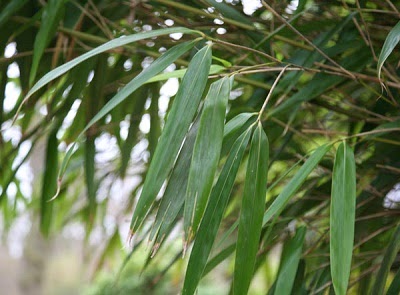 |
| Image credit - http://all-americaselections.org/ |
If you want to impress your friends or competitors with your horticultural skills then growing watermelons to their full and glorious maturity is definitely a step in the right direction. The wild ancestor of the watermelons originated in the tropical climates of north and west Africa, however as it has been in cultivation since before the ancient Egyptians (it is even mentioned in the Bible's old testament) there have been many hardier varieties that will grow to fruition outside in subtropical and even warm temperate climates. Surprising as it may seem there are even modern varieties that can be grown successfully in the cooler, northern European regions. The most suitable of which is arguably the watermelon cultivar 'Blacktail Mountain'.
 |
| Image credit - http://thebackyardmicrofarm.com/ |
Using modular seed trays containing a good quality, free-draining, compost such as John Innes 'Seeds and Cutting, plant watermelon seeds at a depth of ½ an inch at a rate of one seed per module. Gently water in and the allow the excess water to drain away before place in a heated propagator at a temperature of 25 degrees Celsius. Place in a warm, bright position but protect the emerging seedlings from direct sunlight to avoid scorching. Alternatively, seal the tray inside a clear plastic bag and place on a warm, bright windowsill. You can expect the seedlings to emerge between 5-7 days. As soon as the first seedlings appear remove the tray from the propagator or polythene bag to prevent fungal infections caused by the humid conditions.
Once the seedlings have established their roots within the module, carefully pop them out and plant into 3" pots. Maintain a temperature of 25 degrees Celsius and keep the compost barely moist to avoid stem rot.
 |
| Image credit - http://www.harvesttotable.com/ |
Gradually acclimatise the seedlings to outdoor conditions 7-10 days before transplanting into warm, well-drained, humus-rich soil. Bear in mind that they will also need a position which receives as much sun as possible and that is also sheltered from strong winds. Prior to planting you can enrich the soil further by digging in plenty of well-rotted farm manure or garden compost. Be aware that watermelons will grow best in soils with a pH of between 6.0 to 6.8. You can test the pH of your soil using a simple shop-bought kit and determine whether the levels are appropriate for watermelon plants. If not, you can adjust the balance accordingly by adding products available for purchase at your local plant garden center.
Plant watermelon seedlings in single rows 3 ft apart leaving a 6 ft spacing between rows. Water well after planting and continue to to do so until your water melons have become fully established.
 |
| Image credit - https://www.flickr.com/photos/megz/2680302050/ |
You will need to feed and water watermelon plants regularly, particularly as the flowers start to develop. Apply a liquid soluble fertilizer 10-14 days. During the hottest part of the year shade the plants from strong, direct sunlight as the leaves can become damaged from scorch. This will make it more difficult for the plant to sustain its crop and bring it to maturity.
As the flowers develop, select 4 or 5 female flowers on each plant and hand pollinate them by placing a male flower inside each female bloom. It is easy to identify the female watermelon flowers as they have a swollen part at the base of the bloom.
Do not allow any more flowers develop as this will take energy away from the first lot of fruits and again will make it more difficult for the plant to sustain its existing crop and bring it to maturity.
Watermelons will be ready for harvesting when they produce a hollow sound when tapped.
For related articles click onto the following links:
HOW TO GROW MANGO FROM SEED
HOW TO GROW WATERMELONS FROM SEED
WHEN ARE MELONS READY FOR HARVEST?
































